Are you considering a Keeshond breed dog as your next pet? If so, you’ll be happy to learn that Keeshonds are intelligent, affectionate, and loyal dogs that make great companions for families and individuals alike. These fluffy and playful dogs are known for their friendly personalities and love of human interaction. In this article, we’ll explore the characteristics, temperament, and care requirements of the Keeshond breed to help you determine if it’s the right fit for you and your lifestyle.
Breed Category: Working
Country of Origin: Netherlands
Average Size:43-48 cm
Average Weight:16-18 kg
Average Life Span: 12-15 years
Grooming Requirements: Moderate
Exercise Requirements:Moderate to high
History and Origin
The Keeshond, also known as the Dutch Barge Dog, is a medium-sized breed of dog that originated in the Netherlands. The breed is named after Cornelis (Kees) de Gyselaer, a Dutch patriot who lived in the late 18th century and owned a dog that resembled the Keeshond. The breed was used as a watchdog on barges and boats, as well as a companion dog.
The Keeshond is a member of the Spitz family of dogs, which includes breeds such as the Siberian Husky and the Alaskan Malamute. The breed is known for its thick, fluffy coat, which is typically gray, black, and cream in color. The Keeshond is also known for its distinctive “spectacles,” or markings around the eyes, which give the breed a friendly and intelligent expression.
The Keeshond was first recognized as a breed in the Netherlands in the 18th century, but it wasn’t until the 19th century that the breed became popular in other parts of Europe. In the early 20th century, the Keeshond was introduced to the United States, where it quickly gained popularity as a companion dog. Today, the Keeshond is recognized by the American Kennel Club and is a popular breed in many parts of the world.
The Keeshond is known for its friendly and outgoing personality, as well as its intelligence and loyalty. The breed is often used as a therapy dog, and is known for its ability to provide comfort and support to people in need. The Keeshond is also a highly trainable breed, and is often used in obedience and agility competitions.
Despite its popularity, the Keeshond is still a relatively rare breed, with only a few thousand registered each year. The breed is also at risk for certain health problems, including hip dysplasia and progressive retinal atrophy. However, with proper care and attention, the Keeshond can live a long and healthy life, and can make a wonderful companion for families and individuals alike.
In conclusion, the Keeshond is a fascinating breed with a rich history and a loyal following. From its origins as a barge dog in the Netherlands to its current status as a beloved companion and therapy dog, the Keeshond has proven itself to be a versatile and adaptable breed. Whether
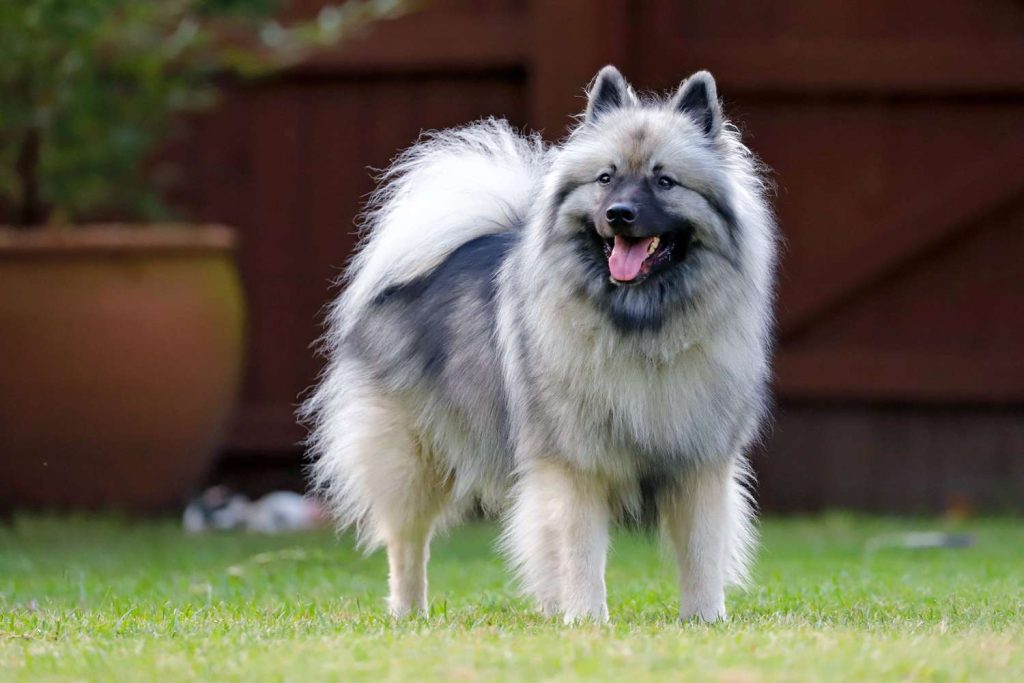
Size and Breed Category
The Keeshond is a medium-sized dog breed that typically weighs between 16-18 kg and stands at a height of 43-48 cm at the shoulder. They have a sturdy and well-proportioned body with a thick, double-layered coat that is typically grey, black, and cream in colour. The breed is known for their distinctive “spectacles” markings around their eyes and their curled tail. Keeshonds have a friendly and alert expression, with a wedge-shaped head and small, pointed ears. They are a highly adaptable breed that can thrive in both urban and rural environments, making them a popular choice for families and individuals alike.
The Keeshond is classified as a Spitz-type dog breed, which means they are descended from ancient Arctic sled dogs. They are known for their high energy levels and playful nature, making them a great companion for active owners. Keeshonds are also highly intelligent and trainable, which makes them a popular choice for obedience and agility competitions. Despite their small size, they have a loud and distinctive bark, which makes them an effective watchdog. Overall, the Keeshond is a versatile and charming breed that is well-suited to a variety of lifestyles.
Fur Length and Colour
The fur of the Keeshond is thick and plush, with a double coat that provides excellent insulation against cold weather. The outer coat is long and straight, while the undercoat is soft and dense. The fur around the neck and chest is particularly thick, giving the appearance of a lion’s mane. The fur on the legs and tail is shorter, but still dense and fluffy. The most common fur colour for the Keeshond is a mixture of grey, black, and cream, with distinct markings on the face and ears. The fur is also known to have a silver sheen, which adds to the breed’s striking appearance.
The Keeshond’s fur requires regular grooming to prevent matting and tangling. Brushing the fur at least once a week is recommended, with more frequent brushing during shedding season. The breed is known to shed heavily twice a year, so owners should be prepared for a significant amount of fur around the house during these times. The fur of the Keeshond is also hypoallergenic, making it a good choice for people with allergies. Overall, the fur of the Keeshond is one of its most distinctive features, adding to its charm and appeal as a companion animal.
Termperament and Trainability
Keeshonds are known for their friendly and affectionate temperament. They are highly sociable dogs that thrive on human interaction and love to be around people. They are also great with children and make excellent family pets. Keeshonds are intelligent dogs that are quick to learn and respond well to positive reinforcement training. They are eager to please their owners and are highly trainable. However, they can be stubborn at times and may require patience and persistence during training. Keeshonds are also known for their alertness and make excellent watchdogs. They are not aggressive dogs but will bark to alert their owners of any potential danger. Overall, Keeshonds are loving, loyal, and intelligent dogs that make great companions for families and individuals alike.
Keeshonds are a highly energetic breed that requires regular exercise and mental stimulation. They love to play and are always up for a game of fetch or a walk in the park. They are also great at agility and obedience training and excel in these areas. Keeshonds are highly adaptable dogs that can thrive in both urban and rural environments. They are not known for being destructive and can be left alone for short periods of time without causing any problems. However, they do require regular grooming to maintain their thick, fluffy coat. Keeshonds shed heavily twice a year and require daily brushing during these periods. They are also prone to certain health issues such as hip dysplasia and eye problems, so regular vet check-ups are important. Overall, Keeshonds are active, adaptable, and low-maintenance dogs that make great companions for those who can provide them with the exercise and attention they need.
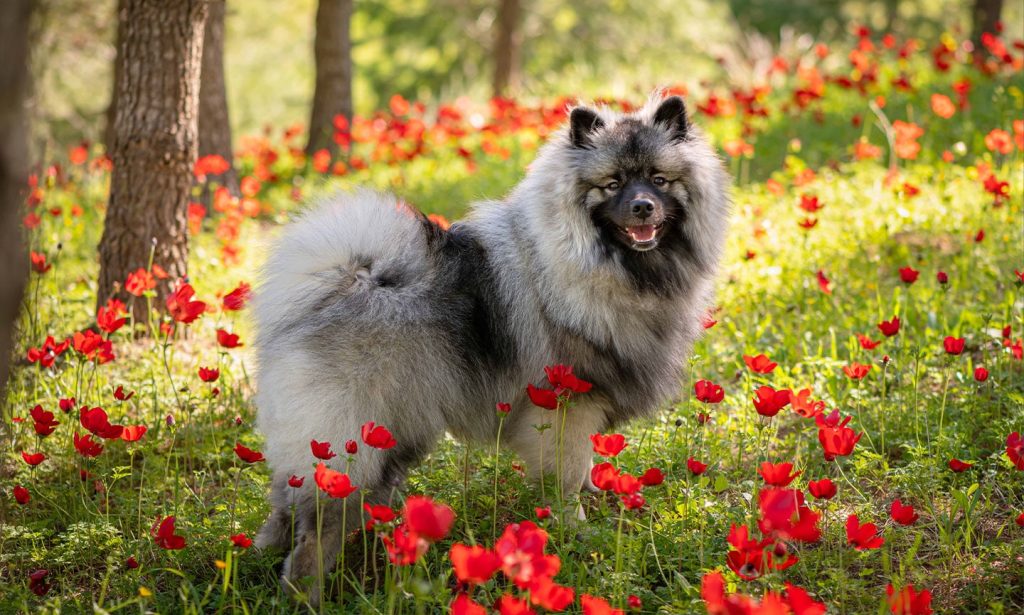
Known Health Conditions
Keeshonds are a breed of dog that are prone to certain health conditions. One of the most common health issues that Keeshonds face is hip dysplasia. This is a condition where the hip joint does not develop properly, leading to pain and discomfort for the dog. Keeshonds can also suffer from patellar luxation, which is when the kneecap dislocates from its normal position. This can cause lameness and discomfort for the dog. Additionally, Keeshonds are prone to developing skin allergies, which can cause itching, redness, and hair loss. It is important for Keeshond owners to be aware of these potential health issues and to take their dogs to the vet regularly for check-ups and preventative care.
Another health condition that Keeshonds are susceptible to is hypothyroidism. This is a condition where the thyroid gland does not produce enough hormones, leading to a range of symptoms such as weight gain, lethargy, and skin problems. Keeshonds can also develop a condition called von Willebrand’s disease, which is a bleeding disorder that affects the blood’s ability to clot. This can lead to excessive bleeding and bruising. Finally, Keeshonds are at risk of developing a condition called progressive retinal atrophy, which is a degenerative eye disease that can lead to blindness. Regular eye exams are important for Keeshonds to catch this condition early and manage it appropriately.
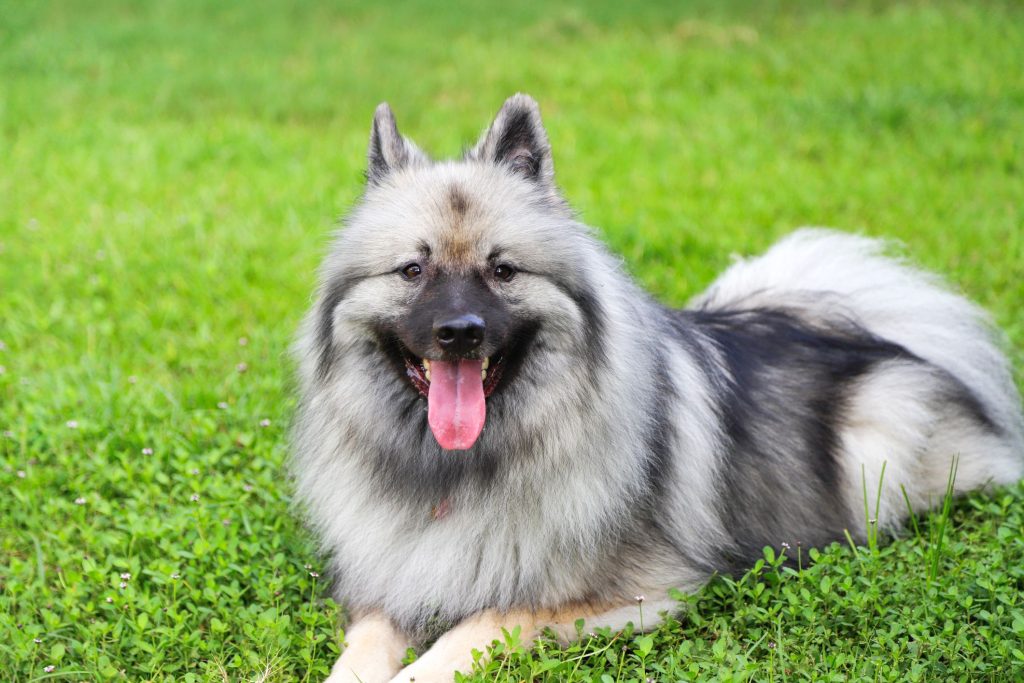
Openness to Strangers
Keeshonds are known for their friendly and sociable nature towards strangers. They are a breed that is always eager to meet new people and make new friends. With their outgoing personality, they are quick to approach strangers and greet them with a wagging tail and a friendly bark. Keeshonds are also known for their loyalty and devotion to their owners, which makes them excellent family pets. They are always eager to please their owners and will go to great lengths to protect them from harm. Keeshonds are a breed that thrives on human interaction and will always be at their happiest when surrounded by people.
Despite their friendly nature, Keeshonds can be quite reserved when it comes to unfamiliar situations. They are a breed that is known to be cautious and will take their time to assess new environments before fully engaging with them. This can sometimes be mistaken for shyness, but it is simply their way of ensuring their safety. Once they feel comfortable in a new environment, they will quickly become their usual outgoing selves and will happily interact with anyone they meet. Keeshonds are a breed that is always eager to learn and explore new things, which makes them excellent companions for those who enjoy an active lifestyle. They are a breed that is full of energy and enthusiasm, and they will always be up for a new adventure.
Playfulness Level
The Keeshond is a highly playful breed of dog that loves to engage in various activities. They are known for their energetic and lively nature, which makes them a great companion for families with children. Keeshonds are always up for a game of fetch or a run around the park, and they love to play with their owners.
Their playful nature also makes them great at learning new tricks and commands. They are highly intelligent and enjoy being mentally stimulated, so training sessions can be a fun and rewarding experience for both the dog and the owner. Keeshonds are also known for their love of toys, and they will happily spend hours playing with their favourite ball or chew toy. Overall, the Keeshond’s playful nature makes them a great addition to any household that is looking for a fun-loving and active companion.
Suitability as a Pet for Children
Keeshonds are known for their friendly and affectionate nature, making them a great choice as a pet for children. They are also highly intelligent and easy to train, which can make them a fun and rewarding companion for kids who are interested in learning about dog training. Additionally, Keeshonds are known for their loyalty and protective instincts, which can help children feel safe and secure when they are around their pet. Overall, Keeshonds can be a great choice for families with children who are looking for a loving and loyal companion.
Exercise Needs
Keeshonds are a highly energetic breed that require a significant amount of exercise to maintain their physical and mental health. As a medium-sized breed, they typically require at least an hour of exercise per day, which can be achieved through a combination of walks, runs, and playtime. Keeshonds are known for their love of outdoor activities, so owners should aim to provide them with plenty of opportunities to explore and play in open spaces. Additionally, they thrive on mental stimulation, so incorporating training and interactive games into their exercise routine can help keep them engaged and happy.
While Keeshonds are adaptable to different living environments, they do best in homes with access to a secure outdoor space where they can run and play freely. They are also well-suited for activities such as hiking, agility training, and obedience competitions, which allow them to channel their energy and intelligence in a positive way. Owners should be mindful of their Keeshond’s exercise needs and adjust their routine accordingly based on their age, health, and individual temperament. With proper exercise and care, Keeshonds can lead happy and healthy lives as beloved companions.
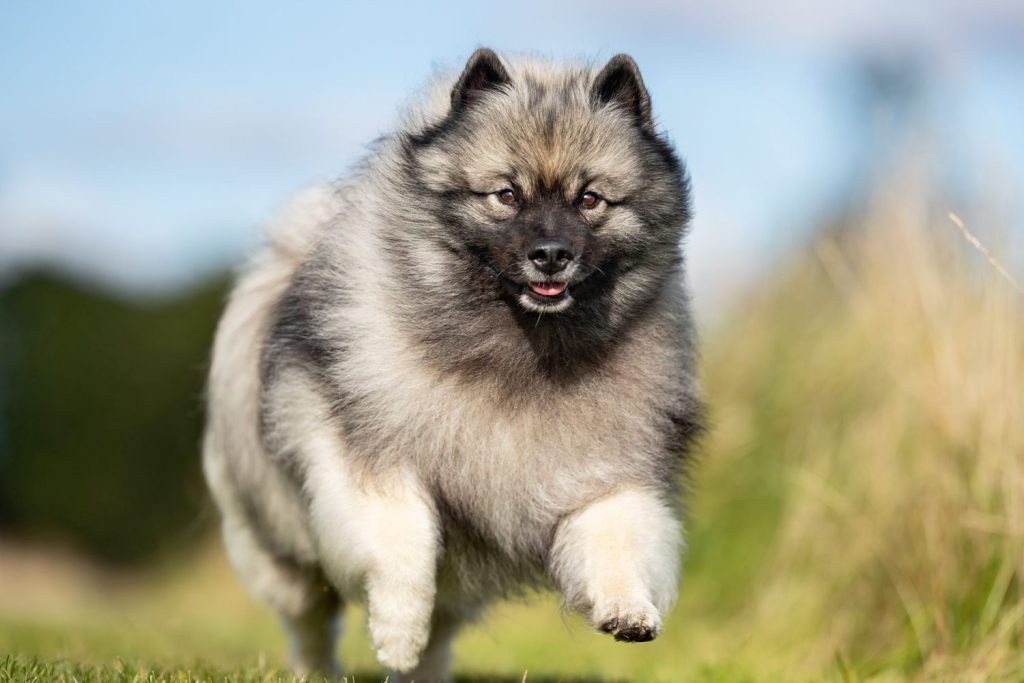
Suitability for a Multi-Pet Family
Keeshonds have a reputation for being friendly and sociable animals. They are known to be good with children and often make great family pets. When it comes to other pets, Keeshonds can be quite adaptable. They are generally friendly towards other dogs and can get along well with cats if they are introduced to them at a young age. However, as with any breed, individual temperament can vary and it is important to supervise interactions between pets to ensure everyone stays safe.
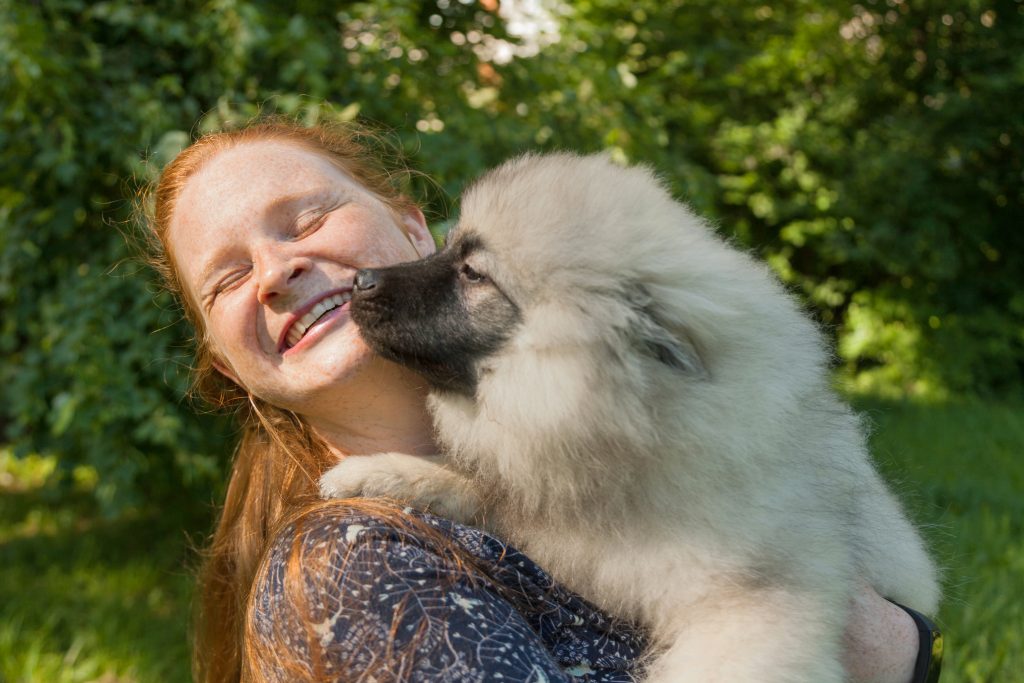
Housing Requirements
Keeshonds require a living space that is large enough to accommodate their energetic nature. They are a breed that enjoys being active and playing, so a house with a garden or access to a park is ideal. The garden should be securely fenced to prevent the Keeshond from escaping, as they are known to be curious and adventurous. Additionally, the garden should have enough space for the Keeshond to run around and play. Keeshonds are also known to shed quite a bit, so a house with easy-to-clean floors and furniture is recommended.
In terms of sleeping arrangements, Keeshonds prefer a comfortable and cozy space to rest. A soft bed or cushion in a quiet area of the house is ideal for them. Keeshonds are social animals and enjoy being around their owners, so a space close to the family is preferred. It is important to note that Keeshonds are sensitive to temperature changes, so the sleeping area should be kept at a comfortable temperature. Additionally, Keeshonds require regular exercise and mental stimulation, so a house with enough space for them to play and explore is important for their overall well-being.
Summary
Keeshonds make great pets for families who are looking for a loyal and affectionate companion. They are known for their friendly and playful nature, and are great with children. They are also highly intelligent and trainable, making them a good choice for first-time dog owners. Keeshonds require regular exercise and grooming, but are generally low-maintenance dogs. Overall, they are a great choice for anyone looking for a loving and loyal pet.
Keeshond Dog FAQS
Keeshonds are intelligent and eager to please, making them relatively easy to train with positive reinforcement techniques.
Yes, Keeshonds are known to be great with children and make excellent family pets.
Keeshonds can adapt to apartment living as long as they receive enough exercise and mental stimulation.
Keeshonds are generally healthy, but can be prone to hip dysplasia, eye problems, and skin allergies. Regular vet check-ups are recommended.
Yes, Keeshonds have a thick double coat and shed moderately throughout the year.
Keeshonds require at least 1-2 hours of exercise per day to stay healthy and happy.
Keeshonds require regular grooming, including brushing their coat at least once a week and bathing every 2-3 months.
A Keeshond can grow up to 49-55 cm in height.
The average weight of a Keeshond is between 16-18 kg.
The average lifespan of a Keeshond is between 12-15 years.
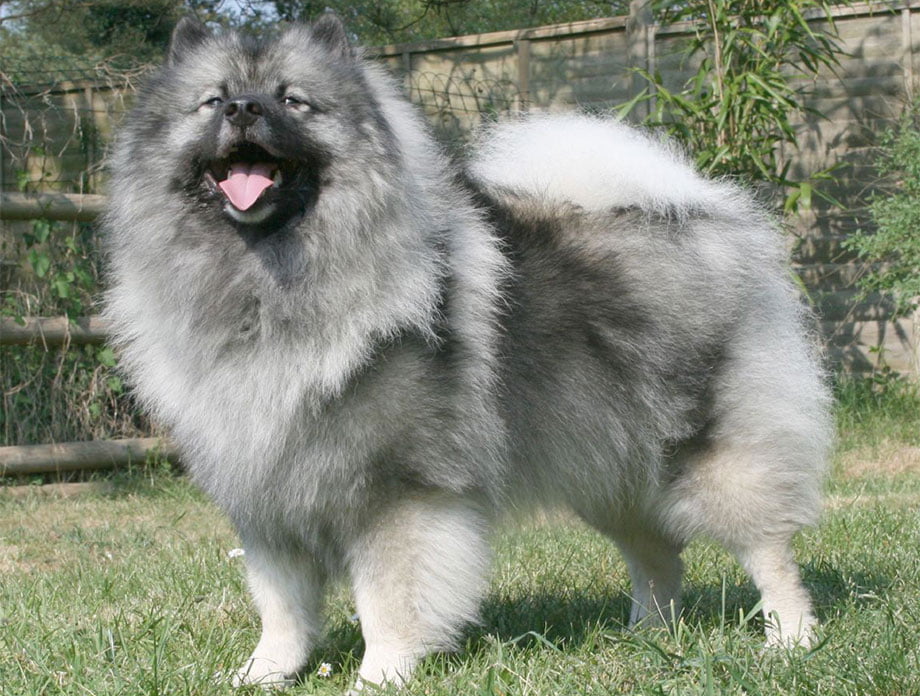
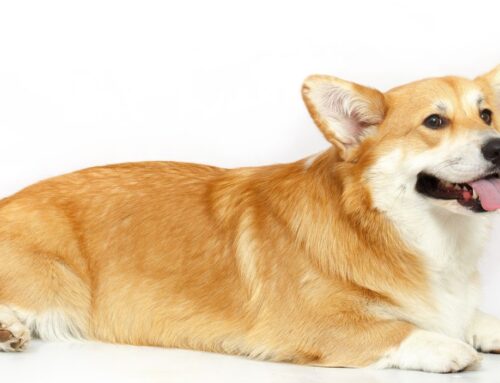

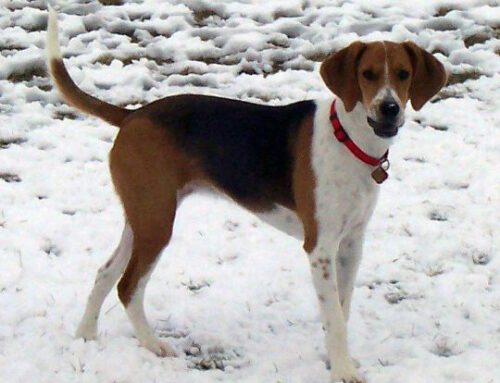
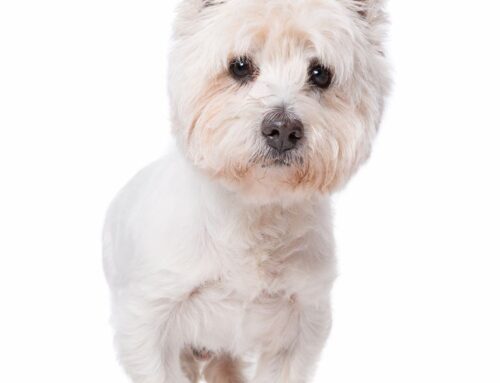

Leave A Comment